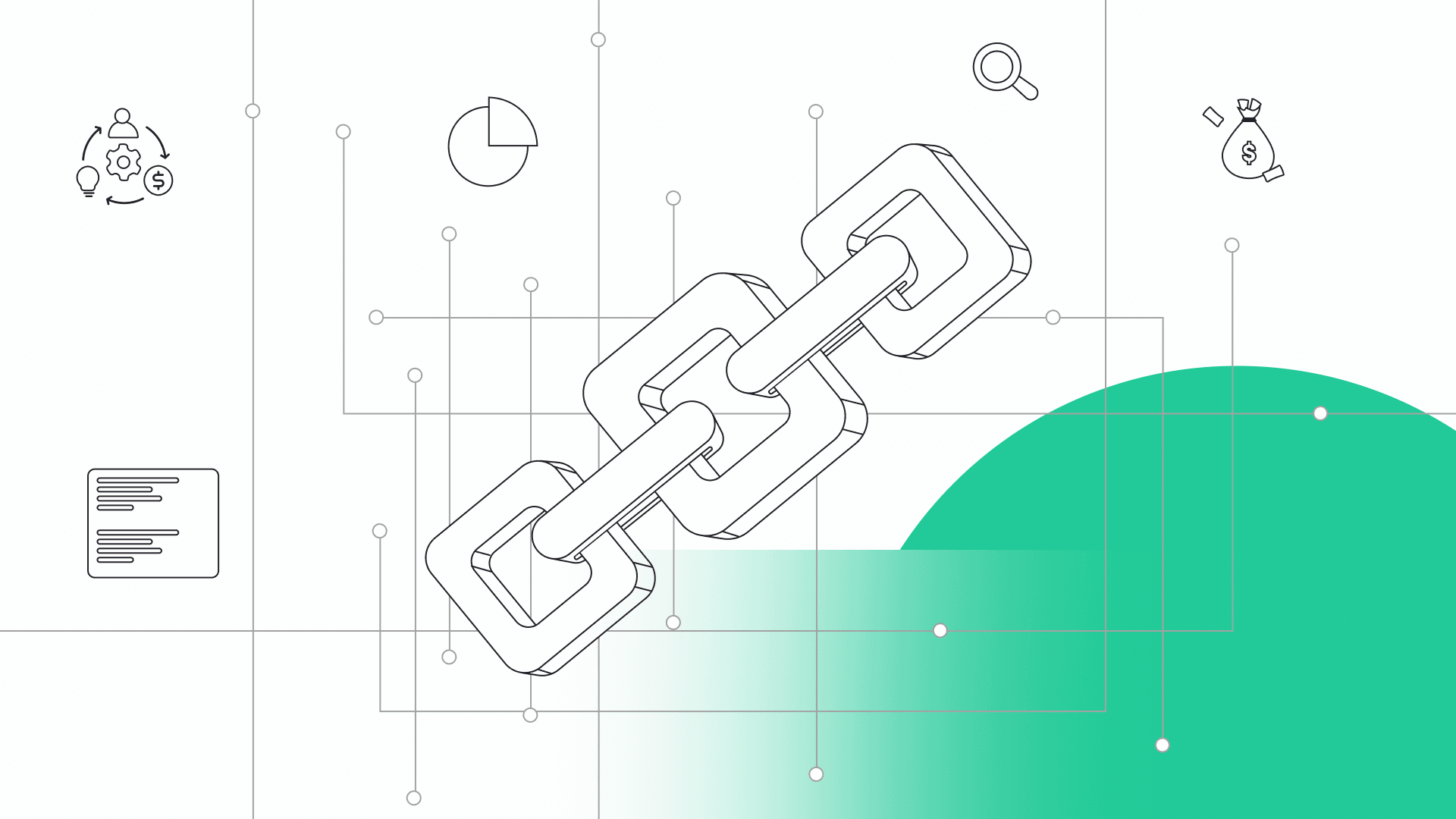


How to deal with project risk management in software development
Every digital product, no matter the industry, always carries some risk. Whether you’re a small startup or an international organization, you should always consider potential project management risks. It’s the market risk, financial risk, risk connected with natural disasters or human factors – everything.
That’s why, when defining the scope of the software development process, you have to think about the project’s objectives, user’s needs and challenges that may potentially arise. In other words, project risk management process. What can go wrong here?
But as the proverb says, “better safe than sorry”. And that’s the reason you should always take care of a risk management plan and try to find as many potential risks as you can – regarding the whole process, the budget, certain functionalities.
What’s risk management in project management and the 5 step process? What are the common threats in software development, and how to mitigate risks?
Get to know about the risk management and its importance in software engineering and how to manage risk in software projects.
What is risk management?
In terms of project management in software development life cycle, risk management is the process of identifying risks, evaluating them, and limiting or mitigating those that could prevent you from reaching the overall goal. And, at the same time, maximizing opportunities and outcomes. In the case of risk management process in software engineering, it’s about managing risks that stop you from the successful release of a well-tested and secure digital product.
How to practice risk management in software engineering? And who’s responsible for that? Here, the role of the risk manager is occupied by project managers or product owners. They’re responsible for risk identification in software project management by supervising the project and making sure that everything goes smoothly.
In other words, they identify business risk factors, estimate their probability along with the impact on a project, make a plan and carry out risk management. It’s risk identification, risk analysis and risk mitigation at its finest.
5 step risk management process
What are the stages of an effective risk management in software engineering?
- Identify
The first thing we do is identify potential problems and threats that could potentially impact the project. Then, we calculate their odds of coming up – risk assessment. For that, we can use various tools and risk management techniques as well as the overall risk related knowledge from previous projects and other teams’ experience. What’s the chance that these software risk events occur? - Analyze
During this stage, we assess the influence a particular risk has on a product. How serious is it? Thanks to that, we can prepare a proper course of action and make business decisions connected with mitigating risks.
- Prioritize
Once we know what we deal with, what can cause a problem, along with the breadth and depth of a particular business operation, we can rank risks depending on their urgency and the damage they can drive.
- Respond appropriately
We identified the threats to the software development process, analyzed and put a priority on them. Now it’s time to take action. This step depends on whether we can prevent the risk or reduce it as much as possible. Based on the type of threat, we take a due course of action .
- Monitor
When the plan is implemented, we observe the changes – did the strategy work? If not, we make the necessary alterations and try again. Risk management has no end – hence, you should continuously monitor the project risks.
As you can observe, managing risk in digital product development is an iterative process. Sometimes, it’s a trial and error method, while other times, it works immediately. But one is for sure. The experience gained while working on different projects helps us refine risk management. We can quickly and more efficiently respond to threats or even predict some of the significant risk events ahead of the project. Thanks to this we’re certain that the threats are understood and managed proactively.
Learn how to reduce software development cost without losing the product’s quality.
Risk management process in software projects
During the software development process, many types of risks must be taken care of and resolved to avoid project delay. It’s all about risk mitigation. As we value transparency and open communication, we inform the client about possible dangers at every development stage. In that way, you know what’s happening at a given phase – it’s one of the risk management practices.
There are internal and external risks from our experience, but the distinction isn’t always so evident, as you’ll see later. Many factors influence given phases of software development to a greater or lesser extent. The point is to notice these factors early enough and respond to this challenge. Even though sometimes some things just can’t be predicted, no matter how hard we try, we continuously learn to prepare risk management strategies and refine the process thanks to working in various industries and projects.


Have a project in mind?
Let’s meet - book a free consultation and we’ll get back to you within 24 hrs.
Different types of identified project risks
As I said before, no project is 100% risk-free. However, there are many ways to identify the threats, including methods, risk response strategies and project risk management tools that we can use during the project management to spot, analyze, and then reduce them. In this section, I’ll list some of the possible risks during the software development project, along with solutions that can be implemented. Let’s call it a sample risk management plan for software development cases.
Internal risk
One of the team members no longer can work on the product.
Risk management tip: during software development, we organize our work so that each team member knows all the tasks, including colleague’s ones. Thanks to this, one can step in for another developer.
External risk
The updates of the external provider’s policy changes in a given country.
Risk management tip: based on our experience, developers in the team estimate the task of integrating with an external provider, considering the possible risk and talking to the team that has done such integration before. Thanks to this, we can find out what could be problematic or pose a problem and the options. Moreover, if we know that something like that has a chance of happening, we focus on the worst-case scenario and plan our course of action.
Other external risks
Some of the project risks may come from the client, for example – vague requirements, changing things during the development stage last-minute or communication difficulties. Many tasks may be left unfinished and delayed because of such situations, impacting the next sprints. Moreover, when it comes to communication, not responding to emails or not providing promised materials also may influence the team’s performance and put off the app’s release.
Risk management tip: we engage the client in sprint planning. Because of this, the client is a part of the process, can share feedback, and most of all knows what will be done in a given time. But of course, sometimes things come up, and you can’t be present at the meeting. That’s also fine. Thanks to communication channels and access to project management tools, you’ll always get feedback on the project.
Internal & external risk
Communication connects with commitment, which is also an essential aspect of software development. And here, it’s many-sided, as it concerns everyone involved in the project – developers, designer, product owner, stakeholders and, of course, the client. So, if there’s a lack of commitment, there’s a problem.
Risk management tip: as for our side, the role of a product owner is to support, engage and help the team and everyone involved in the digital product development process in any way possible. A close collaboration between developers, a UX/UI designer, client and stakeholders is one of the key ingredients to delivering a successful digital product.
Learn more about team engagement from my other article – How to make a software development team successful?
What else can help to minimize the business risk?
In-depth research & risk sharing
Reading external providers’ policies and regulations as well as consulting with another team that had a similar project are crucial. Thanks to this, we can avoid some unexpected issues, which could prevent us from launching the app on time.
Keeping records of existing risks
Writing down issues concerning the development project as a part of the risk management strategy, especially with long and more complicated ones. This is one of the risk management practices that an organization can carry out to even better plan and execute risk management strategies.
Doing the risk management step-by-step
Dividing the risk management process into smaller phases makes it easier to plan the tasks and set the priorities. We apply this technique through the Agile framework and use sprints to regularly discuss and review the product’s finished versions. It enables us to refine the project management process and understand the digital product even more, which later translates to creating lasting and fitting results.
Moreover, an MVP is also a great example of the small steps technique. It’s a basic version of a product with only the most essential functionalities. Thanks to that, we can launch and test the app on its target users. The result? Saved time and money, along with much useful feedback from the source!
Backlog review
Regularly, the whole team and product owner take a step back and look at the backlog tasks. They go through every task and review it along with a discussion on whether a given item is still up-to-date and doesn’t need to be re-estimated. Then, they also prioritize the tasks if necessary. These sessions aim to ensure that the tasks are updated and ready for a future sprint.
Carrying out risk analysis
Thanks to the technique such as SWOT analysis, we can see if a given risk type has a chance of coming up. Together with the client, we can discuss it and propose an action plan.
Our risk management process
We start from careful analysis of the client’s business and user’s needs. Also, market and competitors’ analysis help us detect and mitigate certain risks related to launching the app in the early stage, which results in risk reduction. Depending on the research results and whether it’s an innovative product, we tend to suggest performing a proof of concept to check if the idea is feasible and avoid risk connected with a small demand for a digital product.
Later, as we go on with the process, there are internal and external tests. Thanks to them, we can eliminate the risk that the app won’t be intuitive or won’t include the necessary functionalities. Also, you get regular feedback on the project and are informed about encountered threats and challenges.
Final words
All in all, our process is about transparency, close collaboration and testing. These 3 factors help us continually refine the digital product to avoid the risks or, at least, minimize them.
Wondering about what risks are connected with the realization of your digital product idea? Book a meeting with Leo, and find out what to expect.
Editor’s note: We’ve originally published this post in March 2021 and updated it for comprehensiveness.


Have a project in mind?
Let’s meet - book a free consultation and we’ll get back to you within 24 hrs.
Dawid writes about product backlog prioritization, project roadmap management, and things that make the software development team successful.


